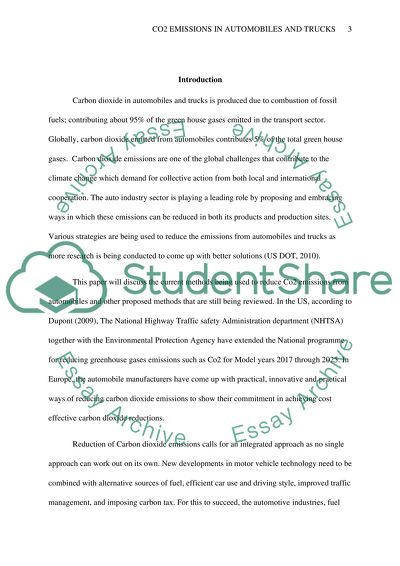Cite this document
(“Reducing CO2 emissions from automobiles and trucks Term Paper”, n.d.)
Reducing CO2 emissions from automobiles and trucks Term Paper. Retrieved from https://studentshare.org/environmental-studies/1460322-reducing
Reducing CO2 emissions from automobiles and trucks Term Paper. Retrieved from https://studentshare.org/environmental-studies/1460322-reducing
(Reducing CO2 Emissions from Automobiles and Trucks Term Paper)
Reducing CO2 Emissions from Automobiles and Trucks Term Paper. https://studentshare.org/environmental-studies/1460322-reducing.
Reducing CO2 Emissions from Automobiles and Trucks Term Paper. https://studentshare.org/environmental-studies/1460322-reducing.
“Reducing CO2 Emissions from Automobiles and Trucks Term Paper”, n.d. https://studentshare.org/environmental-studies/1460322-reducing.


